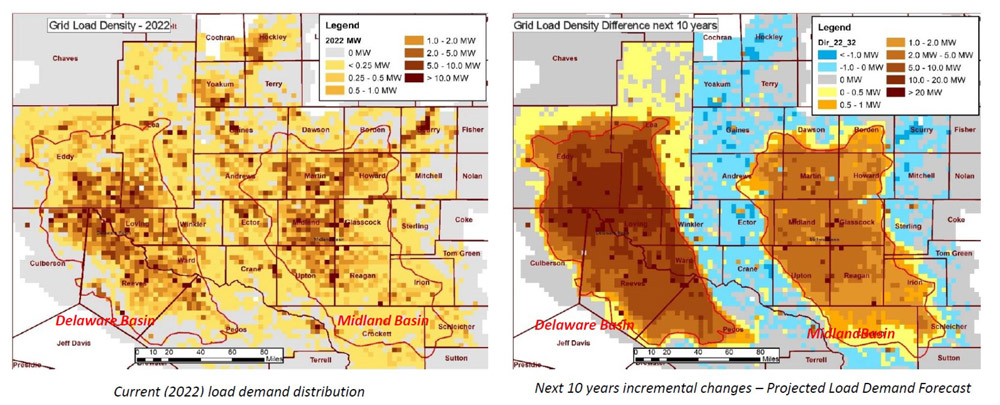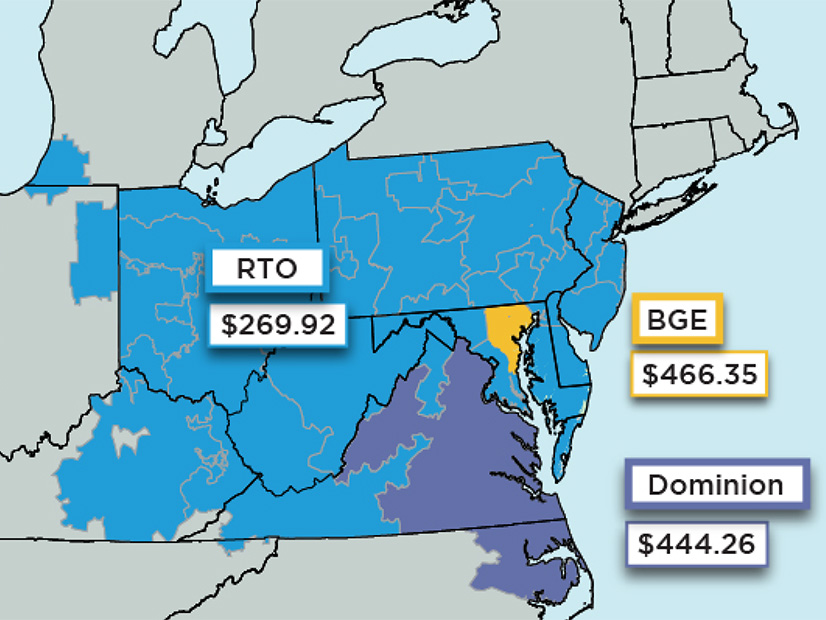The 4th U.S. Circuit Court of Appeals on Aug. 5 sent back to lower courts a lawsuit alleging Duke Energy abused its market power to prevent a power plant developer from serving a municipal utility in North Carolina.
NTE Energy had pursued a deal where it would build a natural gas plant in part to serve Fayetteville, N.C., as the municipality’s contract with Duke was about to expire. But the utility came back with a cheaper contract and kept the business. A lower court found Duke was just competing for its business, but the appeals panel of three judges has open questions on whether market power was abused.
“While we recognize that much of Duke’s conduct can be understood to be legitimate competitive conduct, as well explained by very able counsel, we also have found much from which a jury could conclude that Duke’s actions were illegitimate anticompetitive conduct that violated Section 2 of the Sherman Act, also as well explained by very able counsel,” the 4th Circuit said. “Because genuine disputes of material fact exist, we vacate the district court’s summary judgment and remand for further proceedings.”
On remand, a different district judge will have to be assigned to the case because in the first round U.S. District Judge Kenneth Bell had recused himself due to a former law partner working for the utility. He was reassigned the case years later and denied a motion from NTE to recuse himself again.
“We conclude, as most courts have, that once a judge recuses himself from a case, he should remain recused from that case, even though his recusal may not have originally been required,” the order said.
As an independent power producer, NTE builds power plants and has to rely on utility-owned transmission to transport its power to customers that typically are municipalities. It started construction in 2016 on a new combined cycle natural gas plant in Kings Mountain, N.C., which required access to Duke’s system because it controlled more than 90% of the wholesale market in the region.
Duke and NTE signed a standard interconnection agreement for the Kings Mountain plant and at first were not worried about the constitution. But the IPP started attracting customers as its new combined cycle plant provided power at cheaper rates than Duke could offer, and nine customers signed deals for power from the plant.
NTE had cheaper power, but Duke had 20-year contracts with many customers that required several years of advance notice before they could be terminated, which limited the opportunities for customers. Fayetteville and its 500 MW of load had an expiring contract after being served by Duke for a century.
“NTE did indeed then have plans to build additional power plants in the Carolinas,” the court said. “But key to its plans for expansion was the rare opportunity — because of the terms of Fayetteville’s agreement with Duke — to compete for Fayetteville’s business.”
The Reidsville Energy Center was planned to be a 475-MW combined cycle plant, but it needed a large anchor customer to get built, and Fayetteville was the most attractive one available. Duke entered into an interconnection agreement with the plant that FERC approved, which had NTE pay it $58.9 million for the interconnection lines plus ongoing charges to use them.
After that deal, NTE poached an additional three Duke wholesale customers, and as of 2017, its costs to supply them still were 30% above the IPP’s. Duke identified holding onto Fayetteville as its “biggest upcoming battle” with an opt-out for its contract opening up in 2024, the court said.
Duke reworked its contract with Fayetteville, and executives exchanged emails saying they hoped to get a deal worked out and “ruin NTE’s plans” for the Reidsville plant, as any other remaining opportunities to get a municipal customer were more than a decade away, the court said.
“Despite its relative inefficiency, Duke made a highly attractive, multi-faceted offer to Fayetteville, which amounted in the aggregate to a discount of $325 million for Fayetteville and which was unprecedented,” the court said.
The discount came on the deal the city already had with Duke, but the terms moved those rates higher starting this year to a price more than NTE would have charged. Duke also agreed to quadruple the price it paid for excess power from a fossil plant Fayetteville owned.
Duke expected to lose $100 million on the reworked deal, but in a white paper, company officials argued they could offset the loss through higher charges to other customers.
NTE tried to exercise a suspension of its interconnection agreement, which it thought would have kept its place in Duke’s queue, but the utility said it had breached the deal and tried to terminate it outright.
On Sept. 6, 2019, Duke unilaterally terminated the deal with NTE without notifying FERC as the interconnection agreement required. Days later it approved the reworked deal with Fayetteville and signed it while the plant’s interconnection was listed as canceled.
FERC approved the reworked Fayetteville deal in early 2020, and NTE’s efforts on the Reidsville plant lost momentum. The commission also found a few months later that Duke had improperly terminated the NTE interconnection deal.
NTE argued that Duke’s actions destroyed the value of the new plant and left its customers with no choice but to pay the utility higher rates, which led to the lawsuit.
The district court entered a summary judgment dismissing NTE’s lawsuit, which NTE appealed to the 4th Circuit.
“NTE alleges that Duke engaged in several, simultaneous courses of conduct that combined to thwart NTE from bringing a more efficient power plant online and ultimately from competing with Duke in the Carolinas wholesale power market,” the court said. “It argues that the district court erroneously ‘compartmentalized’ the various aspects of Duke’s anticompetitive conduct and asked whether each one, independently, was unlawful.”
Duke argued the appeals court should reject the holistic approach NTE favors, saying the Supreme Court has set up tests to determine whether conduct abuses market power and the IPP flunked them all. All the activities Duke undertook were legal under those tests.
“In the context of the allegations in this case, we agree with NTE,” the court said. “It is foundational that alleged anticompetitive conduct must be considered as a whole.”
Anticompetitive conduct comes in different forms and can’t always be categorized easily as in the Supreme Court’s tests, which can be too rigid for a “complex or atypical exclusionary campaign.” Such cases are more challenging than when individual practices are each independently unlawful, but they are not categorical impossibilities under the law, the court said.
While the court agreed with NTE that the lower court should look at Duke’s activity (canceling the interconnection deal and offering a discount to Fayetteville) altogether, material disputed facts in the case prevented summary judgment.
“Upon resolution of those disputed facts, a jury might well conclude that Duke’s conduct was simply good, old-fashioned competition, which, in the end, favors the consumers of electric power in the relevant market,” the court said. “On the other hand, the factfinder might just as well conclude that Duke saw a more efficient competitor in NTE and acted, through a broad range of anticompetitive conduct in various contexts, to eliminate that competition, to the detriment of consumers.”


